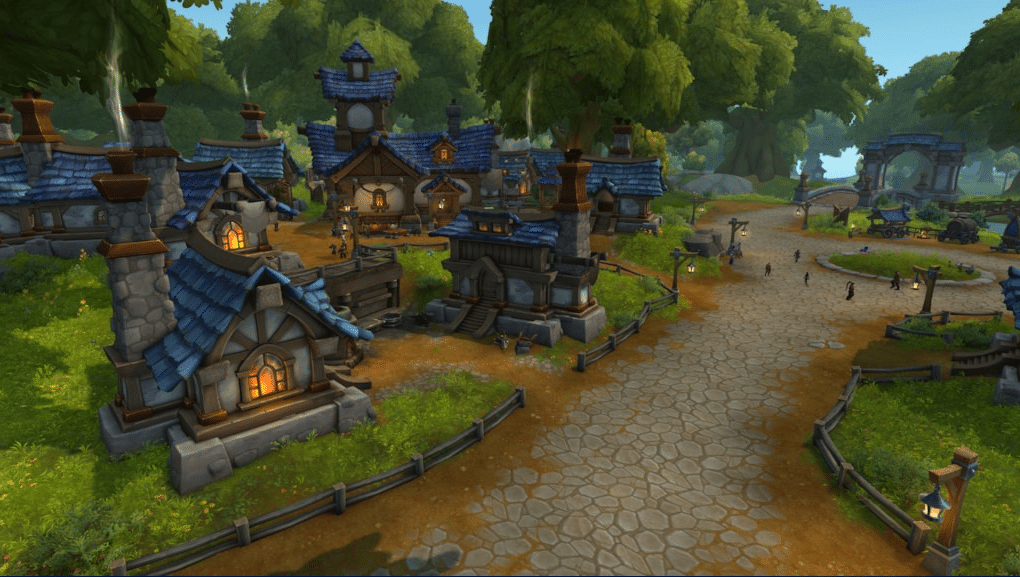The Midnight beta just dropped, and you know what that means. It’s that time again to get hands-on with everything coming in the next expansion cycle. As a CE raider, this is the testing phase that matters to me. I get to mess with the raid environment, UI changes, and system redesigns, which are going to reshape how we play, and the sooner I start adapting, the less I need to do later on live. There is a huge overhaul here especially with the loss of combat addons and Weak Auras.
And obviously, there’s housing!
Here’s what I’m planning to focus on over the upcoming beta period.
Rebuilding My UI Without Addons
With WeakAuras and other combat-related addons disabled, we’re stepping into a new age of personal accountability. Blizzard’s new Cooldown Manager is meant to fill some of that gap, but it’s far from perfect.
I’ll be using beta time to completely rework my healing UI from the ground up using the game’s default tools. My main goals:
- Make sure major cooldowns (Divine Hymn, Symbol of Hope, etc.) are easy to track.
- Ensure that raid utility abilities (Mass Dispel, external CDs) remain visible.
There’s already one notable issue: the pixel spacing between icons in the cooldown manager can’t be set to zero (the minimum is 2). For players who prefer compact layouts (like me), that isn’t pleasant.
Temporary Fix
You can work around it with Domino’s or another bar addon:
- Set one bar with your actual keybinds (Optional: Hide this row from displaying).
- Create a second bar mirroring those same abilities (no binds).
- Use that duplicate as a visual cooldown tracker for spacing precision.
It’s not elegant, but it works.
Class Tuning and Talent Experiments
The Holy Priest rework is live on beta, and this is the perfect time to experiment before tuning stabilizes. Many spells have been removed including Renew, Heal, Lightwell, and Premonition. But more on this later. Same thing with Shadow. I want to try out this new tentacle slam.
Raid Testing and Combat Practice
UI layouts always look perfect on paper — until you enter combat and realize your cooldowns are in the wrong corner.
That’s why I’ll be jumping into as many raid tests as possible:
- Validate if the new Cooldown Manager is actually readable under heavy effects.
- Check if the default raid frames are reliable for split-second triage.
- Assess performance to see how it handles if there are 20 people dropping visual vomit everywhere.
Early raid testing gives me a baseline for pacing and spell visibility, which will directly shape how I approach Mythic raids.
Dungeon Testing and Healing Model Preview
Before the raid even opens, Mythic+ dungeons are the best way to feel out the new healing rhythm.
I’ll be using beta keys to:
- See if healing feels reactive or proactive.
- Test triage patterns to see if I need to pre-heal, or hold for burst recovery?
- Get a read on how visual telegraphs perform without addon cues.
Blizzard has hinted at more deliberate encounter pacing, so this is the chance to feel out how much cognitive load healers are expected to handle natively.
Keybind and Input Responsiveness
Without third-party UI mods like ElvUI, responsiveness becomes a top priority.
During testing, I’ll be focusing on:
- Mouseover healing macros with native frames — checking for input lag.
- Spell queueing reliability under high latency.
- Interrupt timing precision without WeakAuras calling it out for me (especially on my Shaman).
If Blizzard wants the default UI to stand on its own, it needs to feel responsive.
Checking Out Player Housing
I’m stoked!
I plan to dive into the new player housing system and see how customizable it actually is. During beta, I’ll be experimenting with layouts, furniture placement, and seeing how far I can personalize the space.
I already have a few goals:
- Create a Priest study or “light-infused chapel” vibe.
- Showcase raid trophies (if Blizzard lets us).
- Maybe set up a casino lounge.
This is the downtime side of the game that I’ve been missing. Of course, I’m a dysfunctional mess in my actual home so we’ll see how much of this holds.
Questing and Story Exploration
Even though my endgame goal is progression, I still enjoy exploring the campaign once per expansion.
During beta, I’ll be:
- Speed-mapping quest routes to plan my launch-week leveling.
- Identifying endgame unlocks and reputation hubs.
- Noting down skippable story segments for future alts.
That way, I can focus entirely on raid prep during live launch instead of fumbling through story gates.
Feedback and Reporting
If you’re in beta, use it for more than sightseeing.
Blizzard has historically taken feedback seriously. This is especially true from healers, tanks, and raid leaders who can articulate how changes affect team coordination.
I’ll be reporting:
- UI readability problems (like icon spacing or cooldown visibility).
- Performance bugs during large-scale testing.
- Any encounter mechanics that feel unintuitive without addon support.
- Random typos in quest dialog.
The better the feedback, the more likely we’ll get functional systems by launch.
The Bigger Picture
This beta isn’t about chasing perfect parses. It’s about learning where the tougher points are before the first real pull of the tier.
By the time Midnight officially launches, I want to have:
- A fully functional, addon-free UI ready for raiding.
- Refined keybinds and reaction muscle memory for default combat visibility.
- An early understanding of new healing design pacing.
- A player house layout ready.
Every hour spent in beta now will save ten hours in progression later.
